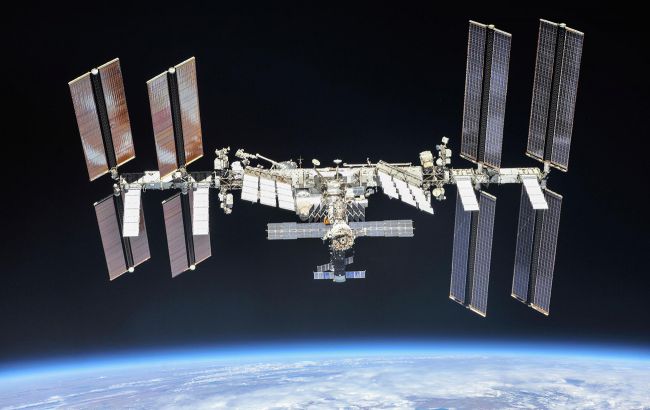NASA decommissioning International Space Station: Bold ocean landing plan
 International Space Station (nasa.gov)
International Space Station (nasa.gov)
The International Space Station (ISS) has been a home for astronauts and cosmonauts from around the world for the past 20 years. But its time in space is set to end by 2030 and NASA is already making plans to safely bring down the ISS, which is currently in low Earth orbit, according to USA Today.
What is the International Space Station
It is the biggest space station to have ever been built. The ISS was created through a global partnership of space agencies and has hosted over 260 spacefarers from 20 countries since its launch in November 2000. Crew members on the ISS conduct scientific experiments, orbiting Earth 16 times a day. It is equipped with sleeping quarters, bathrooms, a gym, and a bay window with a 360-degree view.
 International Space Station (nasa.gov)
International Space Station (nasa.gov)
The construction of the station took place between 1984 and 1993, with components being built in the United States, Canada, Japan, and Europe starting in the late 1980s. The International Space Station Program involves collaboration among international flight crews, various launch vehicles, global distributed launch and flight operations, training, engineering and development facilities, communications networks, and the global scientific research community.
Downing of the station
NASA is working on ending the ISS's mission, and the responsibility for decommissioning it lies with the five space agencies that have operated it, namely the United States, Russia, Europe, Japan, and Canada. All nations, except Russia (which committed until 2028), plan to support the ISS until 2030.
Private companies have until February 12 to submit design proposals for a spacecraft that will use a lot of propellant to dock with the ISS and safely crash it into an ocean. NASA will choose the winning design in June, and the selected vehicle will be used when the ISS retires in 2030.
To safely bring down the ISS, NASA considered various options but found challenges in disassembling it in space or boosting it to a higher orbit. Therefore, the decision is to guide it into a controlled re-entry, ending with a crash landing in a remote ocean.
What is next
After the ISS, the United States will focus on commercial operations and missions, funding private industry to develop and operate commercial space stations. NASA aims to be a customer in a commercial marketplace for low Earth orbit, allowing the agency to concentrate on building spacecraft and rockets for deep space missions, including human trips to the moon and Mars.
As part of the Artemis program, NASA planned a lunar mission for November but had to delay it to 2025 due to challenges. The goal is to pave the way for Artemis III, where astronauts will land on the lunar surface, but this mission has also been delayed to no earlier than 2026.
On January 8, an American private company's robot spaceship launched to the moon to land there, marking the first U.S. moon landing in 50 years. However, it faced issues, highlighting the complexities of space exploration.

